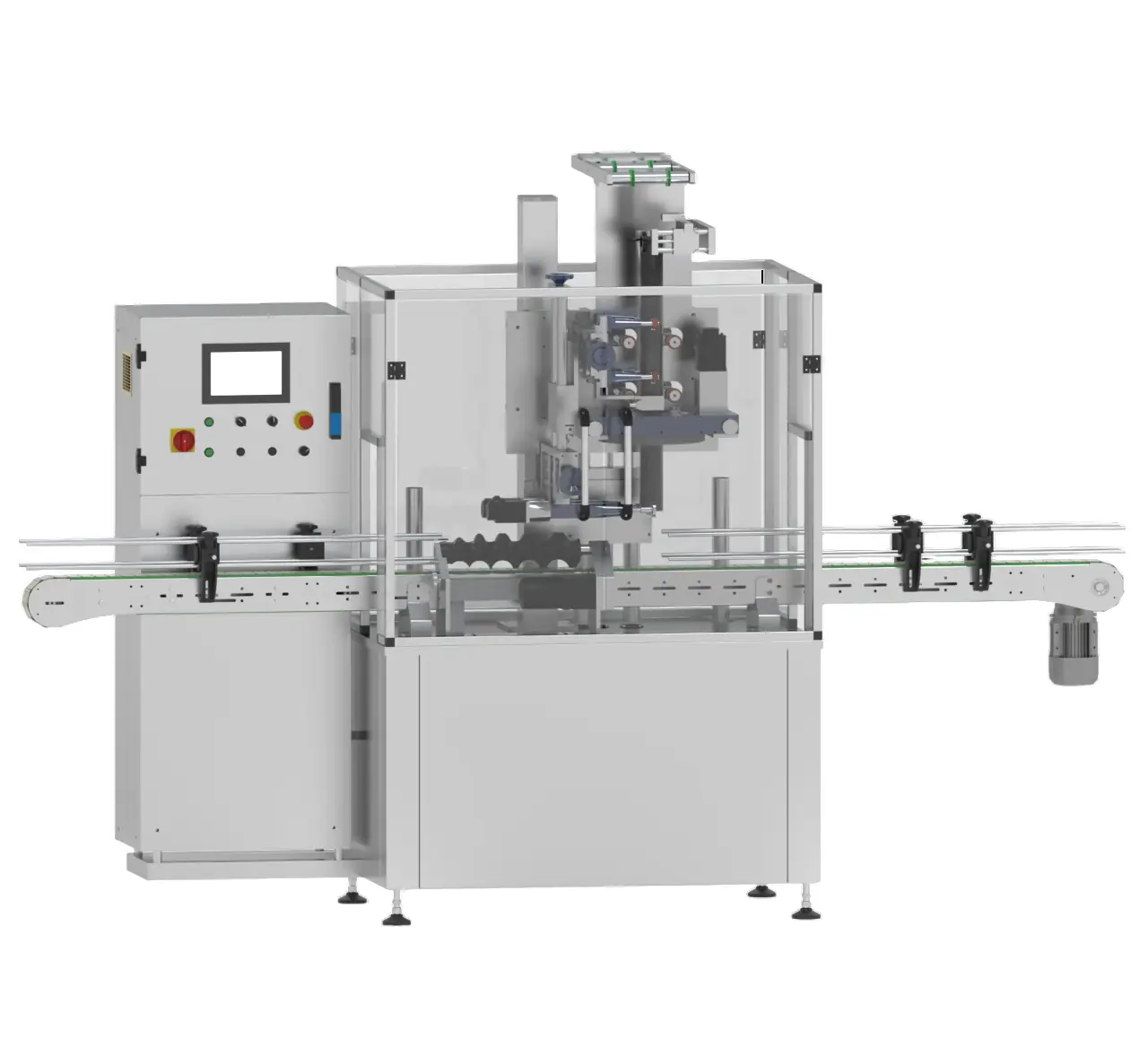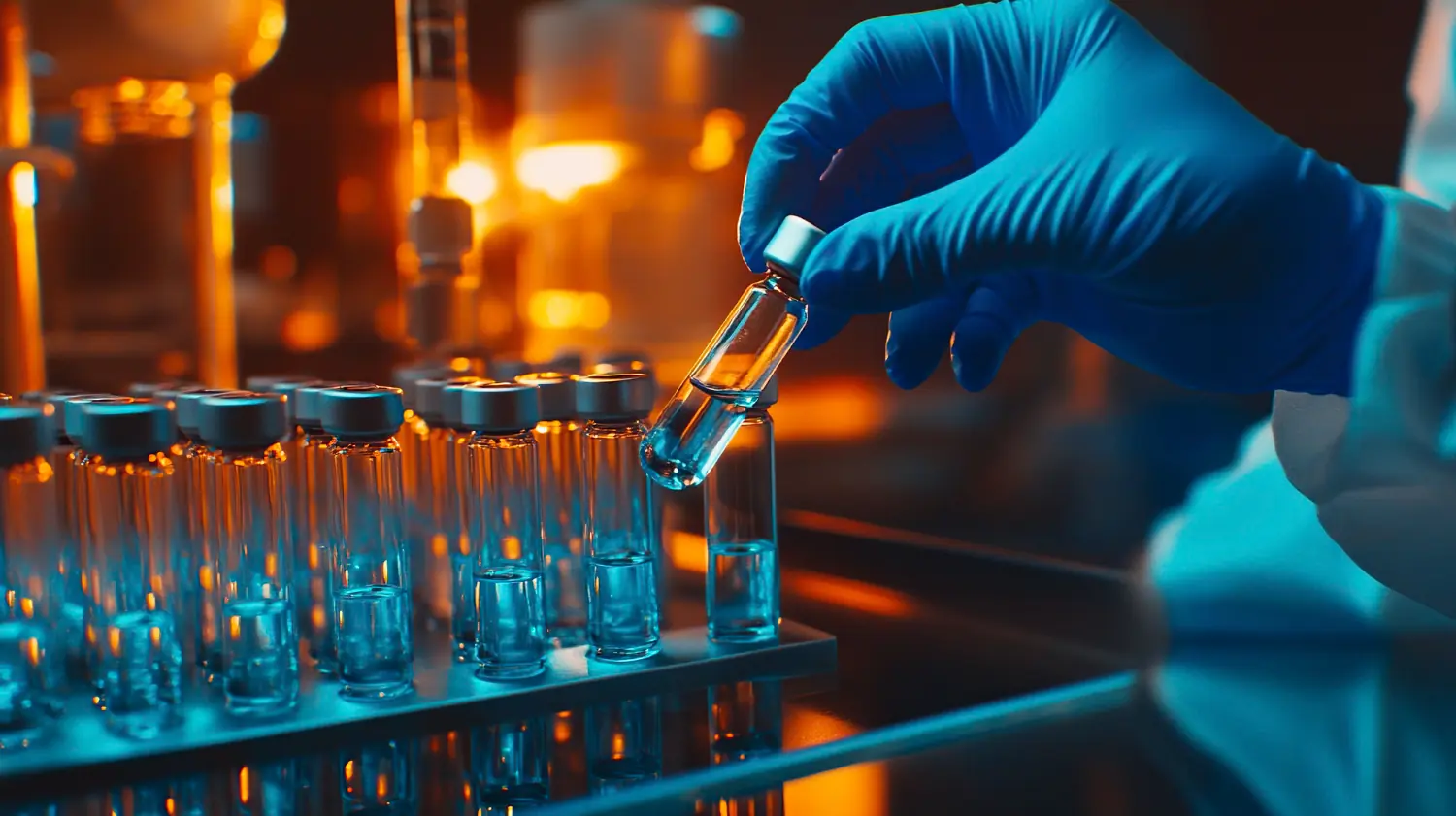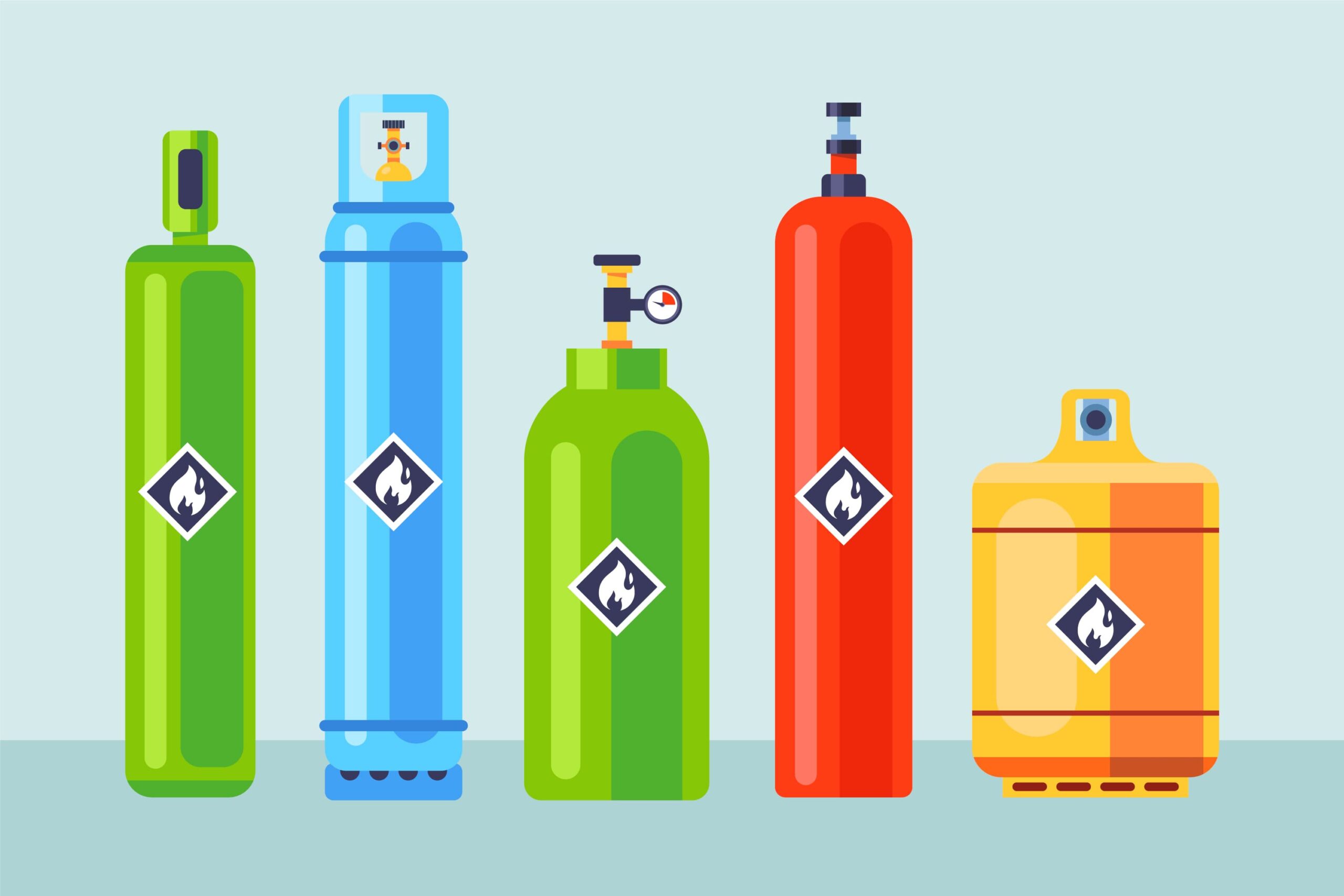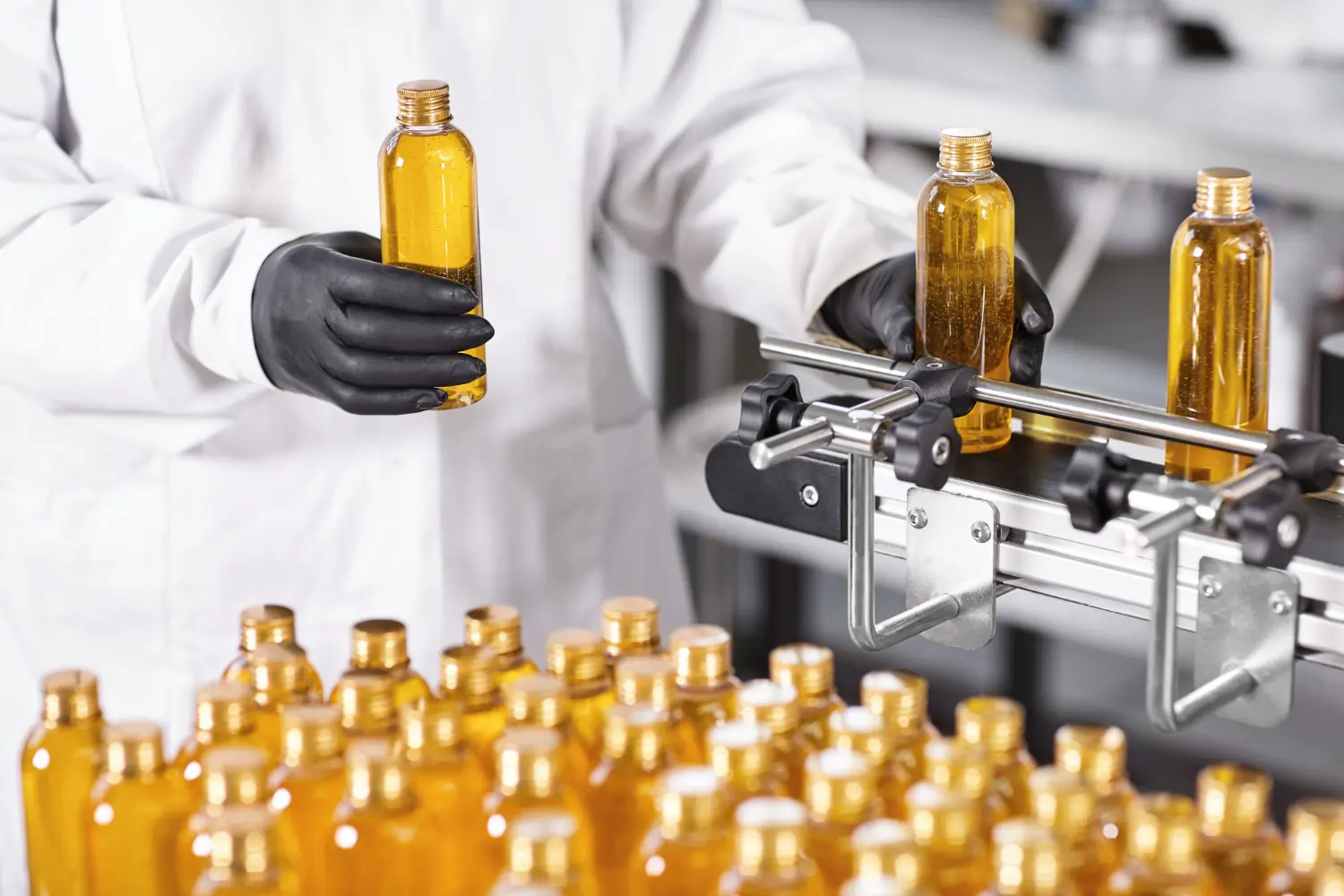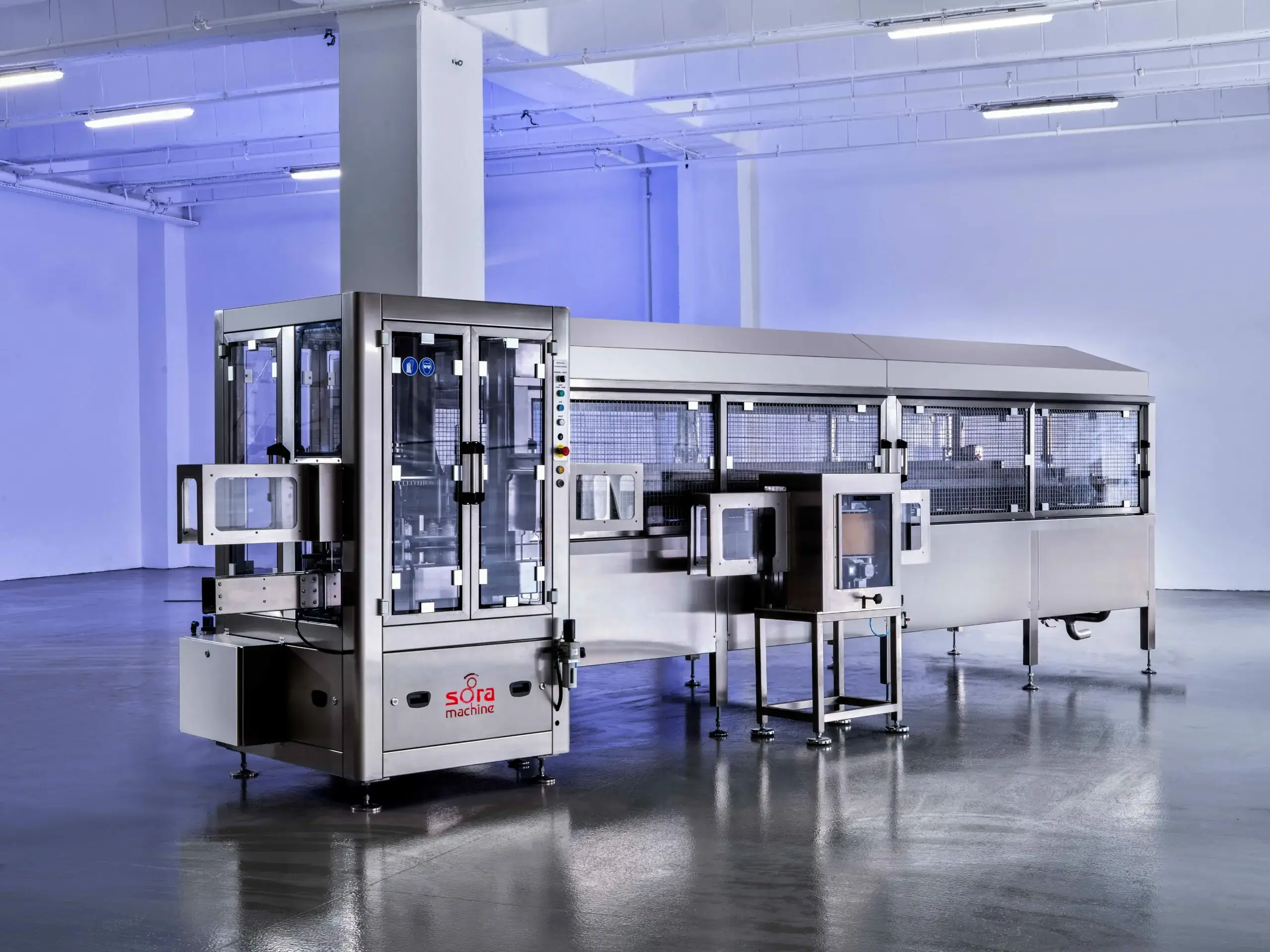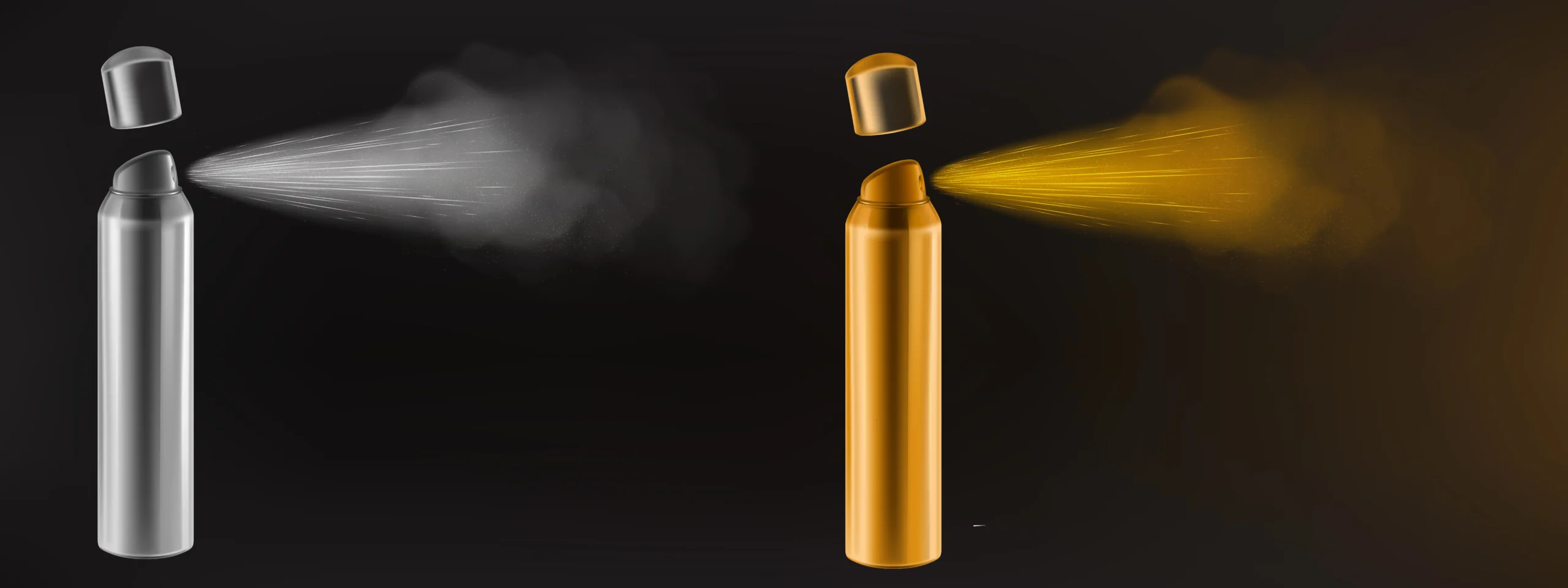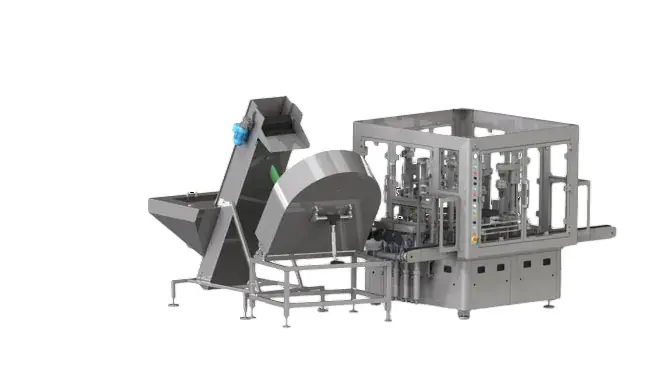Liquid filling lines are essential in many industries, from food and beverages to pharmaceuticals and chemicals. However, these lines often suffer from liquid filling product loss, which can lead to higher production costs, inefficiency, and increased environmental impact. Thankfully, there are several waste reduction techniques and best practices that can be implemented to improve automatic liquid filling efficiency and cut down on product waste. In this article, we will explore how manufacturers can reduce waste in liquid filling lines and improve overall operational performance.
What Are The Factors Causing Product Loss in Liquid Filling Lines?
Product loss in liquid filling lines can occur for a variety of reasons, and understanding these factors is the first step in reducing waste. Some common causes include overflow during filling, incorrect filling volumes, air bubbles in the liquid, and issues with nozzle placement. Liquid filling product loss may also result from inconsistent flow rates or underfilled containers, leading to costly rework or product wastage.
Another factor to consider is how the filling process interacts with the container. For instance, if the containers are not properly aligned with the filling nozzles, liquid can spill over or underfill. In some cases, inadequate sealing after filling or malfunctioning valves can contribute to additional product loss. By identifying these issues early, manufacturers can implement corrective measures to minimize loss throughout the filling process.
How Can Losses Be Reduced By Increasing Filling Accuracy?
One of the simplest ways to reduce waste is by increasing filling accuracy. When filling machines are calibrated correctly, each container receives the right amount of product, which significantly reduces the chances of liquid filling product loss. By adjusting the filling system’s settings to match the specific product type and container size, manufacturers can prevent both overfilling and underfilling.
Technologies such as flow meters, weight-based systems, and level sensors can be integrated into the filling lines to ensure each container is filled precisely. These systems monitor and adjust the amount of product being dispensed, making the entire filling process more reliable and accurate. Increased filling accuracy means less wasted product and fewer rejections due to overfills or underfills.
How Do Nozzle Type And Filling Valves Affect Product Loss?
Nozzles and filling valves play a significant role in minimizing liquid filling product loss. A nozzle that is poorly designed or improperly positioned can lead to splashing and overflow, wasting both time and materials. The choice of nozzle type is crucial for maintaining efficiency. For example, a single-hole nozzle may work fine for liquids with low viscosity, but a multi-hole nozzle or a specialized nozzle may be needed for thicker products.
Similarly, filling valves are responsible for regulating the flow of liquid into containers. If a valve doesn’t close properly or opens too late, it can cause liquid filling product loss due to spillage. Precision valves that open and close at the right time can help improve the accuracy of the fill and reduce waste. Opting for automated valves that are more precise can also help eliminate human error in the process.
How Can Splashing And Overflow Problems Be Prevented?
Splashing and overflow are common issues that lead to unnecessary product waste during the filling process. These problems often arise when the liquid is dispensed too quickly, causing it to spill over the top of the container or splash out. To prevent these issues, manufacturers can adjust the filling speed and invest in technologies designed to regulate the flow of liquid.
One effective solution is the use of anti-splash nozzles, which are specifically designed to minimize splashing when filling containers. Another option is to implement a gentle filling process, where the liquid is introduced into the container at a slower rate, which helps reduce the chances of overflow. Furthermore, utilizing overflow sensors can trigger automatic shutdowns if excess liquid is detected, thereby reducing waste and ensuring a more efficient filling operation.
Which Techniques Are Applied During Filling For Foaming Liquids?
Filling foaming liquids presents its own set of challenges. Foamy liquids, such as shampoos, detergents, or certain beverages, can cause significant waste due to overflow and foaming issues. To control this, foaming liquid filling control techniques need to be applied.
The first step is to adjust the filling technique to accommodate the foam. Slow-fill methods and bottom-up filling are effective techniques where the liquid is introduced slowly at the bottom of the container. This prevents the formation of foam during the filling process. Additionally, foam control additives can be used to reduce foam formation before and during filling.
In some cases, manufacturers may use specialized equipment like foam-breaker nozzles or even cooling systems to prevent excessive foaming. By using these methods, manufacturers can ensure that foamy liquids are filled accurately, minimizing product loss and maximizing efficiency in liquid filling machines.
Do Filling Time And Pressure Adjustment Reduce Loss?
Yes! Filling time and pressure adjustment are crucial factors that can significantly reduce product loss. By adjusting the filling time, manufacturers can ensure the right amount of liquid is dispensed into each container. If the filling time is too short, the container may not receive enough product, leading to underfilling. On the other hand, if the filling time is too long, it can result in overfilling and wastage.
Pressure is another key element. If the filling pressure is too high, it can cause the liquid to splash or foam excessively. However, adjusting the pressure to suit the product and container type can ensure that the liquid flows smoothly, preventing overflows and reducing the chances of liquid filling product loss. For highly viscous liquids, lower pressure settings may be needed to achieve accurate fills.
How Do Automation Systems Play A Role in Minimizing Product Loss?
Automation systems are essential for improving automatic liquid filling efficiency and reducing product waste. These systems use sensors, controllers, and advanced algorithms to monitor and adjust every aspect of the filling process in real-time. Automation helps ensure that each container is filled with the correct amount of product, without the need for human intervention.
By using automated filling machines, manufacturers can eliminate the risk of human error and achieve more consistent fills. These systems can automatically adjust filling speed, pressure, and time to optimize performance. Additionally, automation allows for faster changeovers between different products or container sizes, reducing the downtime between production runs and increasing overall efficiency.
How Do Post-Filling Recovery Systems Work?
Post-filling recovery systems are designed to recover any product that spills during the filling process. These systems typically involve collecting excess liquid from the filling area, filtering it, and then pumping it back into the filling line for reuse. This recovery filling system not only reduces product waste but also lowers production costs by reusing material that would otherwise be discarded.
Advanced recovery systems can also ensure that the recovered liquid is of the same quality as the original product, making it safe and suitable for reintroduction into the filling process. These systems can be integrated into the production line seamlessly and are often paired with automated liquid filling waste control technologies to minimize human error and ensure maximum product recovery.
How Can Product Loss Be Prevented During Clean-In-Place (CIP)?
Loss after CIP cleaning is another issue that many filling lines face. During CIP cleaning, leftover product can be lost if the system is not properly drained or if too much product is left in the pipes and tanks after the cleaning process. To minimize this loss, manufacturers can invest in CIP optimization technologies that ensure cleaning fluids are properly circulated and that all excess product is removed from the system.
One solution is to implement a liquid recovery system that captures leftover product during the cleaning process and sends it back to the production line. Additionally, CIP monitoring systems can ensure that cleaning is both efficient and effective, reducing the need for excessive cleaning cycles and preventing unnecessary product loss.
How Do Personnel Training And Maintenance Processes Affect Product Loss?
Finally, it’s important to remember that even the best equipment can only perform well if the operators know how to use it. Proper personnel training is crucial in ensuring that workers understand how to operate the filling machines correctly, adjust settings, and recognize any issues that may lead to waste.
Regular maintenance processes also play a big role in minimizing product loss. By keeping filling machines in top condition, manufacturers can prevent breakdowns that could lead to wasted product or unnecessary downtime. Scheduled inspections, routine cleaning, and part replacements all contribute to keeping the filling process running smoothly and efficiently.
Reducing liquid filling product loss requires a combination of the right equipment, smart techniques, and effective processes. By focusing on waste reduction techniques, increasing filling accuracy, and using automatic liquid filling efficiency technologies, manufacturers can significantly reduce waste while improving their bottom line.
